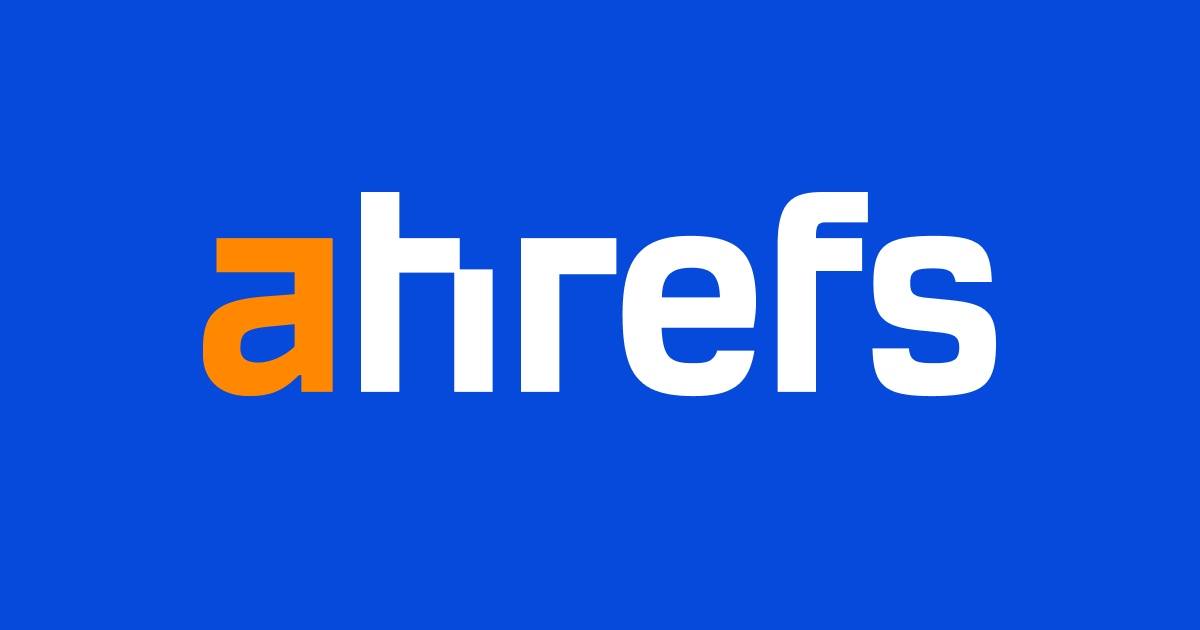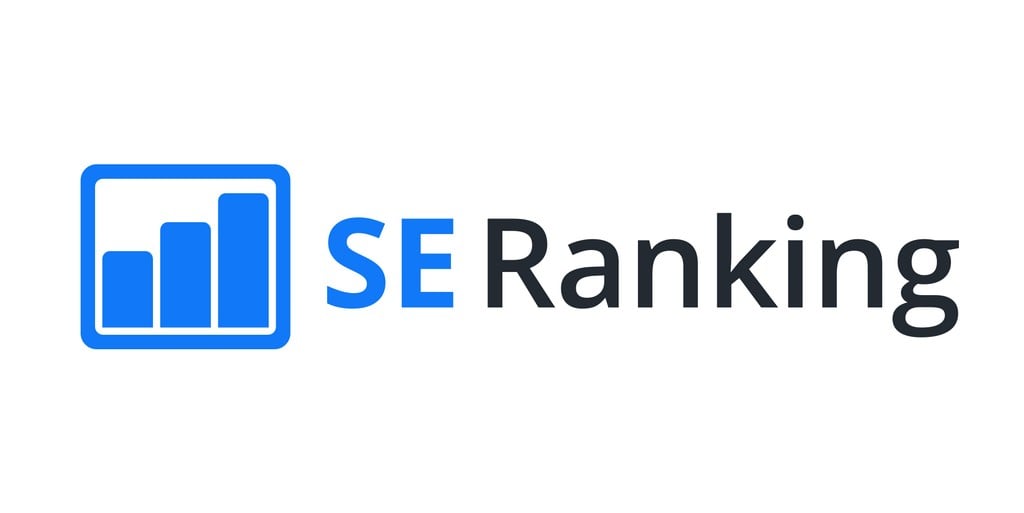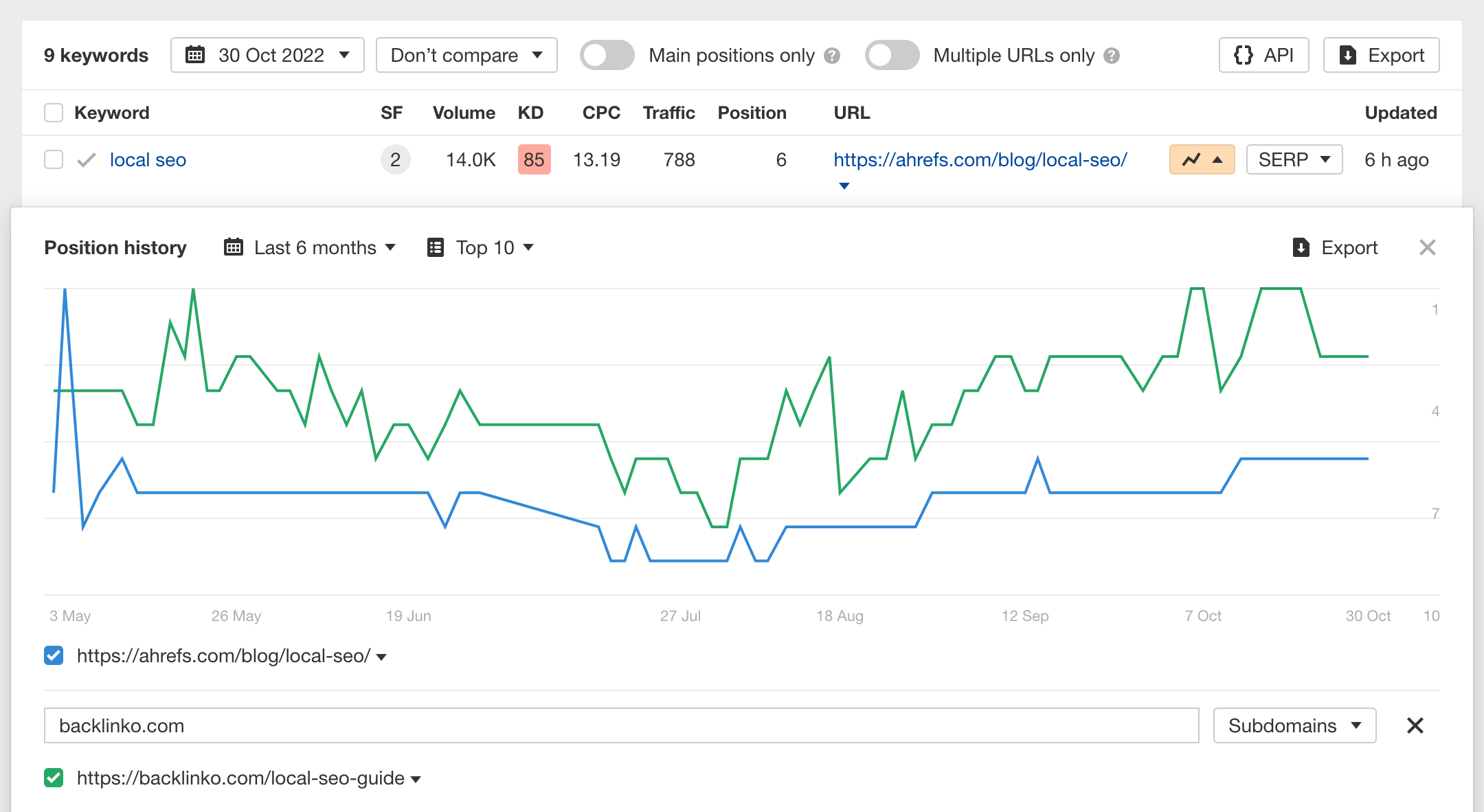In the digital landscape dominated by search engines, keeping an eye on your keyword rankings has evolved from a routine chore to a strategic necessity. This section delves into why monitoring these rankings is a pivotal aspect of shaping a robust SEO strategy.
Keyword rankings serve as digital signposts, indicating your online visibility. Just as prime real estate attracts attention, higher keyword rankings increase the chances of your content being noticed by users traversing the online terrain.
Beyond mere vanity metrics, keyword rankings provide a tangible measure of your SEO efforts’ effectiveness. By observing fluctuations in rankings, you can gauge the impact of your SEO strategies and fine-tune your approach.
Tracking keyword rankings reveals dynamic performance patterns over time. Some keywords may consistently climb, while others might experience sudden drops. These trends guide you toward topics resonating with your audience and demanding attention.
Frequent algorithm updates by search engines influence how websites rank. By monitoring keyword rankings, you can identify shifts indicating algorithm updates and swiftly adapt your SEO tactics to stay ahead.

Effective SEO hinges on addressing user intent, and keyword tracking is a compass guiding you. Observing keywords attracting users reveals their intentions. If there’s a mismatch, it’s an opportunity to recalibrate your strategy.
Competition is core to SEO, and keyword ranking tracking helps you measure your rhythm against rivals. By comparing your performance with others, you gain insights that fuel healthy competition and push you to outperform.
For businesses, quantifying ROI is paramount. Keyword ranking tracking provides a direct line of sight between SEO efforts and their impact on your bottom line.
With keyword rankings insight, you tailor your content strategy better. Identifying effective keywords allows you to concentrate your efforts on crafting content that resonates with your audience.
In the sprawling SEO landscape, tracking keyword rankings empowers you to prioritize effectively. When a keyword is poised on the edge of the first search results page, a little extra attention could tip the scales in your favor.
Remember, keyword ranking tracking isn’t confined to data points; it’s an exploration of intricate dynamics between search engines, user behavior, and competition. Harnessing this insight enables you to navigate toward a more impactful digital presence. So, keyword rankings are more than statistics – they’re the key to online triumph.
Choosing the Right Keywords for Tracking
In the realm of effective keyword tracking, the process begins with choosing the right keywords to monitor. This section delves into the art and science of keyword selection, helping you navigate the intricate path towards tracking keywords that truly matter.
Relevance to Your Content
The foundation of keyword selection lies in relevance. Opt for keywords that accurately represent the content of your blog. Aligning your keywords with your content ensures that you attract users genuinely interested in your topic.
User Intent Analysis
Put yourself in the shoes of your target audience. What are they searching for? Are they seeking information, products, or solutions? Choose keywords that align with their intent, so your content satisfies their needs.
Long-Tail vs. Short-Tail
Long-tail keywords (phrases with more words) often capture specific user intent and have less competition. Short-tail keywords (single words or short phrases) are broader but tend to be more competitive. Strike a balance between the two to target a wider range of users.
Search Volume and Competition
Use keyword research tools to gauge search volume and competition levels. Aim for keywords with a decent search volume but manageable competition. High search volume might bring visibility, but fierce competition can be a steep climb.
Keyword Variations and Synonyms
Users might search using different variations of the same keyword. Incorporate synonyms and related terms to capture a broader audience and increase your chances of ranking.
Long-Term and Trending Keywords
Blend evergreen keywords (consistent search interest) with trending ones (temporary spikes). Evergreens provide stability, while trending keywords can attract immediate attention.
Local and Global Considerations
If your blog caters to a specific geographical area, consider including location-based keywords. This narrows down competition and attracts local users.
Competitor Analysis
Analyze what keywords your competitors are targeting. While not all their choices may be suitable for you, this analysis can unearth valuable insights and help you discover gaps in your strategy.
Use Keyword Research Tools
Utilize tools like Google Keyword Planner, Ahrefs Keywords Explorer, and SEMrush Keyword Magic Tool. These platforms provide valuable insights into search volume, competition, and related keywords.
Balance Short and Long Keywords
A mix of short, high-competition keywords and long-tail, low-competition keywords can give you a well-rounded approach. Short keywords bring visibility, while long-tail keywords drive targeted traffic.
Intent-Based Keywords
Distinguish between informational, navigational, and transactional keywords. Understanding the intent behind the search helps you create content that matches users’ expectations.
Content Alignment
Ensure the keywords you choose align with the scope of your blog post. If a keyword doesn’t naturally fit your content, it could lead to a poor user experience.
Branded Keywords
Include keywords specific to your brand, products, or services. This not only boosts brand visibility but also directs users who are specifically seeking your offerings.
In essence, the art of keyword selection combines strategic analysis with an understanding of your target audience. It’s not just about ranking; it’s about capturing the hearts and minds of users seeking content like yours. So, when you embark on your keyword selection journey, remember that every keyword you choose is a bridge connecting you to your audience.
Exploring Keyword Tracking Tools
Keyword tracking tools stand as indispensable allies, providing insights that empower your strategy. This section unveils the diverse array of tools available, helping you navigate this landscape to choose the right one for your tracking needs.
Ahrefs: Unveiling Comprehensive Insights

Ahrefs is a prominent SEO (Search Engine Optimization) toolset that provides comprehensive insights and data to help website owners, marketers, and SEO professionals improve their online visibility and search rankings. It offers a wide range of features and tools that can be used to analyze websites, track keywords, research competitors, and optimize online content
SEMrush: Your Holistic SEO Companion

SEMrush is an all-in-one digital marketing platform that serves as a comprehensive SEO companion for businesses, marketers, and SEO professionals. It offers a wide range of tools and features designed to help users optimize their online presence, improve search engine rankings, and enhance their overall digital marketing strategies.
Moz: Unearthing SEO Potential

Moz is a well-known and established platform that offers a suite of SEO tools and resources to help businesses and marketers uncover and harness their SEO potential. The platform provides a range of features and insights aimed at improving website visibility, search engine rankings, and overall online performance.
Google Search Console: Insights from the Source

Google Search Console is a free web service provided by Google that offers valuable insights directly from the source – Google’s search engine. It is designed to help website owners, webmasters, and SEO professionals monitor and optimize their websites’ performance in Google’s search results.
Ubersuggest: Simplified Keyword Insights

Ubersuggest is a keyword research and SEO tool that offers simplified keyword insights to help individuals and businesses optimize their online content and improve their search engine rankings. Developed by Neil Patel, Ubersuggest aims to provide an accessible and user-friendly platform for keyword research and content strategy.
SE Ranking: Customizable Keyword Tracking

SE Ranking is a comprehensive SEO software platform that offers customizable keyword tracking among many other features to help businesses and marketers improve their search engine rankings and online visibility. The platform provides a range of tools and insights designed to optimize websites for search engines and enhance overall digital marketing strategies.
Step-by-Step Guide to Tracking Keyword Rankings
Tracking keyword rankings is an essential part of SEO (Search Engine Optimization) to understand how your website is performing in search engines. Here’s a step-by-step guide to help you effectively track keyword rankings:
Step 1: Choose a Keyword Tracking Tool: Select a keyword tracking tool or SEO platform that suits your needs. Some popular options include Ahrefs, SEMrush, Moz, Ubersuggest, and SE Ranking. Make sure the tool you choose offers features like customizable tracking, historical data, and competitor analysis.
Step 2: Create an Account and Set Up Your Project: Sign up for an account on the chosen tool and set up your project. Enter your website’s domain and other relevant details.
Step 3: Add Keywords to Track: Identify the keywords you want to track. These keywords should be relevant to your business, products, or services. You can start with a mix of short-tail and long-tail keywords. Use keyword research tools to find high-volume and relevant keywords.
Step 4: Specify Search Engines and Locations: Choose the search engines you want to track rankings on (e.g., Google, Bing, Yahoo) and specify the locations (countries, cities) for which you want to track rankings. This is important for local SEO tracking.
Step 5: Set Up Competitor Tracking (Optional): If your chosen tool allows it, set up competitor tracking. Identify your main competitors and add their domains. This will help you understand how you compare to your competition.
Step 6: Schedule Regular Rank Checks: Determine how often you want to check keyword rankings. Weekly or bi-weekly checks are common. Regular checks help you monitor changes and trends over time.
Step 7: Initial Rank Check: After adding keywords, perform an initial rank check. This will establish the baseline rankings for your keywords.
Step 8: Monitor Changes: Regularly check the keyword tracking tool for updates. Monitor changes in rankings, including improvements and drops. Look for trends over time.
Step 9: Analyze Performance: Analyze the data to understand how your SEO efforts are impacting your keyword rankings. Identify keywords that have improved, those that have dropped, and those that have remained stable.
Step 10: Review Competitor Rankings: If you’re tracking competitor rankings, analyze how you compare. Identify opportunities and areas where you can improve your SEO strategy.
Step 11: Adjust Your Strategy: Based on the insights you’ve gained, adjust your SEO strategy. For keywords that are performing well, consider optimizing related content further. For those that have dropped, assess your content and backlink strategies.
Step 12: Generate Reports: Use the reporting features of your chosen tool to create visual reports that showcase your keyword rankings, changes, and trends. These reports can be shared with clients, stakeholders, or your team.
Step 13: Keep Optimizing: Keyword rankings can fluctuate due to various factors. Keep optimizing your content, building high-quality backlinks, and staying updated with the latest SEO practices to maintain and improve your rankings.
Remember that SEO is a continuous process, and tracking keyword rankings is just one aspect. Regularly analyze the data, adjust your strategy, and stay up-to-date with industry changes to achieve long-term success.
Tracking Beyond the Basics: Mobile and Local Rankings
Tracking mobile and local keyword rankings is crucial for a comprehensive SEO strategy, especially in today’s mobile-driven and locally-focused search landscape. Here’s a guide on how to track mobile and local keyword rankings effectively:
Mobile Keyword Rankings:
![]()
Step 1: Choose a Mobile-Tracking Enabled Tool: Ensure the SEO tool you’re using supports mobile keyword tracking. Tools like Ahrefs, SEMrush, Moz, and SE Ranking often offer this feature.
Step 2: Set Up Mobile Tracking: Within your chosen tool, navigate to the project settings or tracking settings to enable mobile tracking. Specify the search engines and devices you want to track (e.g., Google Mobile, Bing Mobile).
Step 3: Select Mobile Keywords: Identify keywords that are important for mobile searches. These might include “near me” searches or mobile-specific queries that users might use on-the-go.
Step 4: Regular Mobile Rank Checks: Perform regular checks for mobile keyword rankings. Analyze any changes or fluctuations compared to desktop rankings.
Step 5: Optimize for Mobile: Use insights from mobile keyword tracking to optimize your website for mobile users. Ensure your mobile site is responsive, loads quickly, and provides a seamless user experience.
Local Keyword Rankings:

Step 1: Choose a Tool with Local Tracking: Ensure your chosen SEO tool supports tracking local keyword rankings. Tools like Google Search Console, Moz Local, BrightLocal, and SE Ranking often offer local tracking features.
Step 2: Define Locations: Specify the locations you want to track rankings for. This could be specific cities, regions, or countries where you want to target local audiences.
Step 3: Add Local Keywords: Identify keywords that have a local intent, such as “dentist in [city],” “best pizza near me,” or “[service] [city].” These keywords should reflect what your local audience might search for.
Step 4: Track Google My Business Rankings: If you have a Google My Business (GMB) listing, track its rankings as well. GMB rankings can impact local visibility.
Step 5: Monitor Google Maps Rankings: For brick-and-mortar businesses, tracking Google Maps rankings is important. Ensure your business is visible on the map for local searches.
Step 6: Regular Local Rank Checks: Perform regular checks for local keyword rankings. Monitor changes and trends in rankings across your defined locations.
Step 7: Optimize for Local SEO: Use insights from local keyword tracking to optimize your website and GMB listing for local search. Ensure accurate NAP (Name, Address, Phone) information and encourage customer reviews.
Step 8: Consider User Intent: Understand the intent behind local searches. Users might be looking for directions, contact information, or reviews. Tailor your content to address these intents.
Step 9: Monitor Local Competitors: Track the local rankings of your competitors. Analyze their strategies and see if there are opportunities for you to improve.
Step 10: Leverage Schema Markup: Implement schema markup, such as LocalBusiness markup, on your website to provide search engines with clear local signals.
Tracking mobile and local keyword rankings requires specific tools and considerations, given the nuances of these search types. Regular monitoring and optimization based on the insights gained from tracking can significantly improve your website’s visibility in mobile and local search results.
Staying Ahead with Evolving SEO Trends
Staying ahead with evolving SEO trends is crucial to maintaining a strong online presence and maximizing your website’s visibility in search engine results. SEO is an ever-changing field, influenced by technological advancements, search engine algorithm updates, user behavior shifts, and industry best practices. Here’s a guide on how to stay ahead with evolving SEO trends:
Continuous Learning:
Regularly follow authoritative SEO blogs, industry news, and updates from search engines like Google. Websites like Moz, Search Engine Land, and Search Engine Journal often provide insights into the latest trends and algorithm changes. Join SEO forums, groups, and communities to connect with other professionals, share experiences, and learn from one another.
Adapt to Algorithm Updates:
Stay informed about major Google algorithm updates like Panda, Penguin, Hummingbird, BERT, and Core Web Vitals. Understand their implications and adjust your SEO strategy accordingly.
Focus on User Experience:
Google places increasing importance on user experience. Monitor and optimize core web vitals like page speed, interactivity, and visual stability to enhance user satisfaction. With mobile-first indexing, ensure your website is optimized for mobile devices. Responsive design and fast loading times are essential.
Content Strategy:
Focus on creating high-quality, relevant, and valuable content that addresses user intent. Long-form content, structured data, and multimedia elements can enhance engagement. As voice search grows, optimize your content for conversational queries and long-tail keywords.
Technical SEO:
Implement structured data markup to enhance your search results with rich snippets and schema markup for specific content types. Secure your website with HTTPS to improve user trust and boost search rankings.
Local SEO:
Optimize your Google My Business listing for accurate NAP (Name, Address, Phone), reviews, and local updates. Maintain consistent business information across local directories and citation sources.
Backlinks and Authority:
Focus on earning high-quality, relevant backlinks from authoritative sources. Avoid low-quality link-building tactics.
E-A-T and Trustworthiness:
Ensure your content demonstrates expertise, authoritativeness, and trustworthiness in your niche or industry.
Monitoring and Analytics:
Perform regular website audits to identify technical issues, broken links, and areas for improvement. Use tools like Google Analytics and Google Search Console to monitor website performance, user behavior, and keyword rankings.
Experimentation and Testing:
Experiment with different strategies and tactics to see what works best for your website. A/B testing can help refine your approach.
Embrace New Technologies:
Understand how AI and machine learning are impacting search and explore opportunities to leverage these technologies for SEO.
Remember, staying ahead in SEO requires a commitment to ongoing learning, adaptation, and a willingness to adjust your strategies as the digital landscape evolves. By remaining proactive and informed, you can position your website for long-term success in search engine rankings and user engagement.
Final Thoughts on Effective Keyword Ranking Tracking
Effective keyword ranking tracking plays a pivotal role in the success of any comprehensive SEO strategy. By closely monitoring how your website’s keywords are performing in search engine results, you gain valuable insights that empower informed decisions and optimization efforts. This proactive approach allows you to assess your website’s search visibility, identify emerging trends, and fine-tune your content strategy to maximize your online presence.
A fundamental principle in keyword ranking tracking is to prioritize relevance. Choosing keywords that closely align with your business, products, or services ensures that the traffic you attract is genuinely interested and likely to convert. This targeted approach contributes to a more effective overall SEO strategy. Striking a balance between short-tail and long-tail keywords is equally crucial. Short-tail keywords often bring higher search volume, while long-tail keywords can capture specific user queries and lead to higher conversion rates.
Regular and consistent tracking forms the backbone of successful keyword monitoring. Conducting routine rank checks enables you to stay vigilant and responsive to any shifts in your keyword positions. SEO is an ongoing endeavor, and consistent tracking allows you to spot trends and fluctuations, facilitating timely adjustments to your strategy.
In today’s digital landscape, it’s imperative to account for mobile and local search trends. Therefore, extending your keyword tracking efforts to include mobile devices and specific geographical areas can help capture valuable mobile and local traffic. This expansion ensures that you’re reaching the right audience at the right time, enhancing your website’s overall visibility.
While keyword ranking tracking is undoubtedly important, it’s vital to remember that traffic and engagement metrics offer a more holistic view of your SEO efforts. Higher rankings should ideally translate into increased organic traffic and meaningful user interactions, aligning with the ultimate goal of conversion.

Remaining adaptable to algorithm updates is a key consideration. Search engine algorithms evolve to provide better user experiences and relevant results. Thus, being prepared to adjust your strategy in response to algorithm changes can mitigate potential disruptions to your rankings.
In your pursuit of SEO success, prioritize quality over quantity. Strive to rank for keywords that hold genuine value for your business, rather than attempting to rank for an exhaustive list of keywords. This strategic approach allows you to channel your efforts into keywords that have the potential to drive meaningful results.
Moreover, remember that SEO is a long-term endeavor, akin to a marathon rather than a sprint. Patience and consistent effort are pivotal to achieving sustained success in improving keyword rankings and overall website visibility.
To make informed decisions, harness the power of data. Let keyword tracking insights guide your content creation, optimization endeavors, and link-building strategies. By leveraging this data-driven approach, you position your website for continual growth and improved performance in search engine results.
Remaining educated about the latest SEO trends, algorithm updates, and industry best practices is a hallmark of successful keyword ranking tracking. The dynamic nature of SEO demands continuous learning and adaptability to stay at the forefront of the ever-evolving digital landscape.
In the grand scheme of things, while keyword ranking tracking is a fundamental aspect, it’s just one facet of a comprehensive SEO strategy. Combining it harmoniously with other components such as on-page optimization, content creation, technical enhancements, link building, and user experience refinements culminates in a well-rounded and effective SEO approach that propels your online presence to greater heights.



